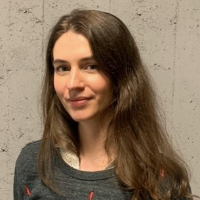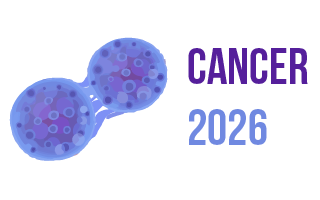4th International Conference on
Innovations and Advances in Cancer Research and Treatment
October 08-09, 2026 | Tokyo, Japan

Cancer 2026

University of Namur, Belgium
Title : Exploring UHDR Irradiation Parameters and FLASH Effect Occurrence on C. elegans and Tumor Spheroids
Abstract:
UHDR irradiations show healthy tissue sparing effect known as the FLASH effect. Since 2014, the FLASH effect has been investigated worldwide to understand how to trigger it. At the LARN laboratory, a chopper system allowing to mimic the beam structure of clinical proton accelerators, with tunable LET and instantaneous dose rate up to 1000 Gy/s, was developed. Parameters can be set up independently allowing the screening of numerous beam structure. Mono-pulses were used to expose wild type C. elegans embryos, a high throughput healthy-tissue in vivo model, and colon cancer 3D spheroids, as a surrogate for tumor tissue. The UHDR irradiations were performed by delivering one single pulse for total doses from 2 to 20 Gy, with a 4 MeV proton beam (LET = 10 keV/µm) in CONV (2 Gy/min) and UHDR (1000 Gy/s). Worm length was measured 96 h after exposure and the growth delay of cancerous HCT-116 spheroids was monitored over 18 days. All groups of irradiated worms showed a significant growth delay at 10 and 20 Gy compared to the control group (p < 0.0001), regardless of the dose rate. However, the UHDR group growth delay was significantly less severe at both doses, suggesting a sparing effect (p < 0.001).On the other hand, UHDR was more potent to reduce proliferation in the 3D cancer model. These results suggest that different mechanisms are at play in healthy and tumor tissue models. Other beam structures and various LET will be tested in the future.
Biography:
Prof. Anne-Catherine Heuskin is a physicist with expertise in the field of radiobiology and nanotechnology. Together with Prof. Stephane Lucas and Prof. Carinne Michiels, she set up an experienced interdisciplinary radiobiology team, composed of physicists and biologists. Ultimately, their research activities seek to optimize cancer radiation therapy, in particular using high-LET particles such as protons or alpha particles. Current projects focus on FLASH therapy, macrophages reprogramming, mitochondrial dynamics, intrinsic or induced radioresistance and lipid-ROS.
